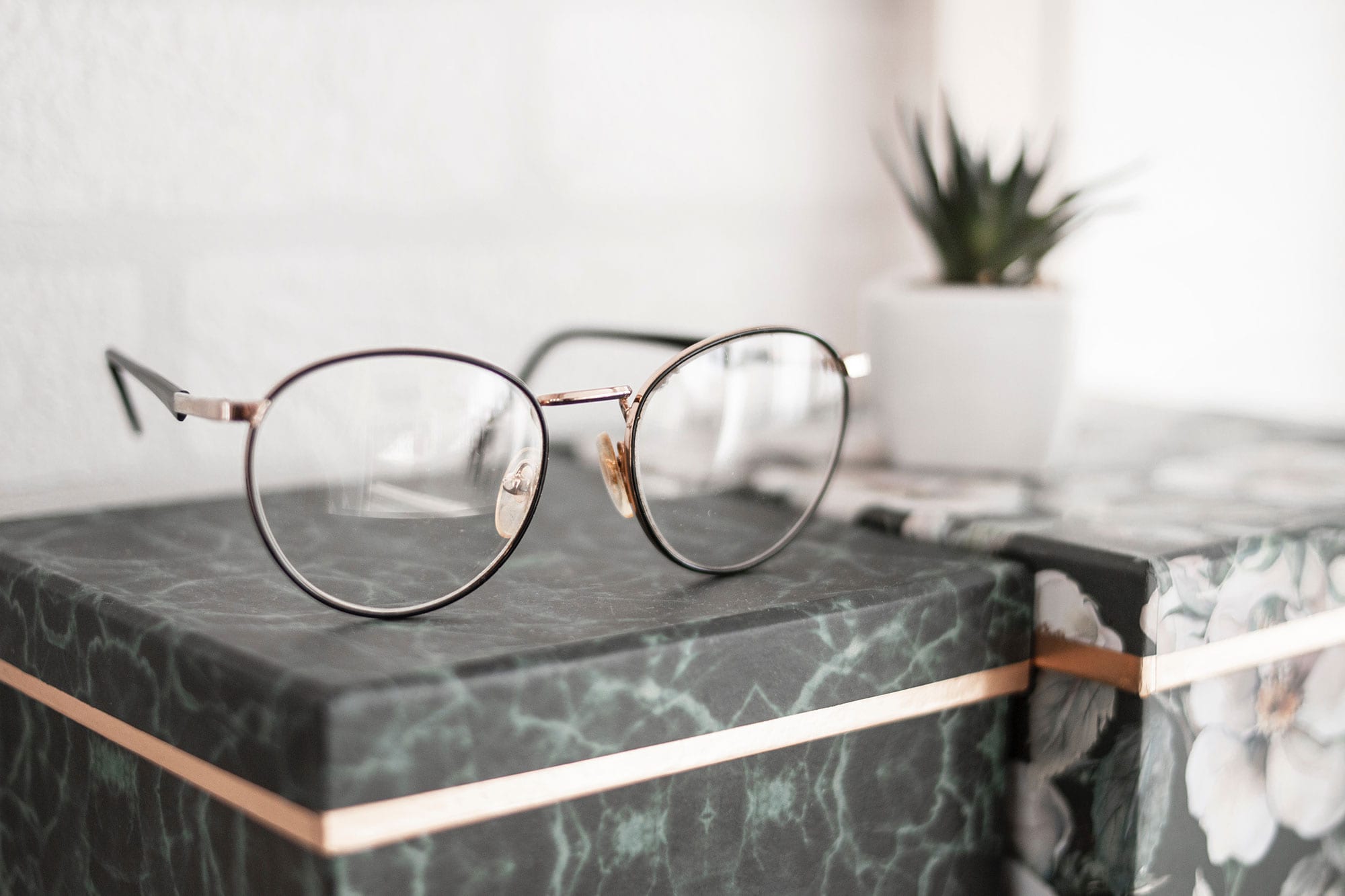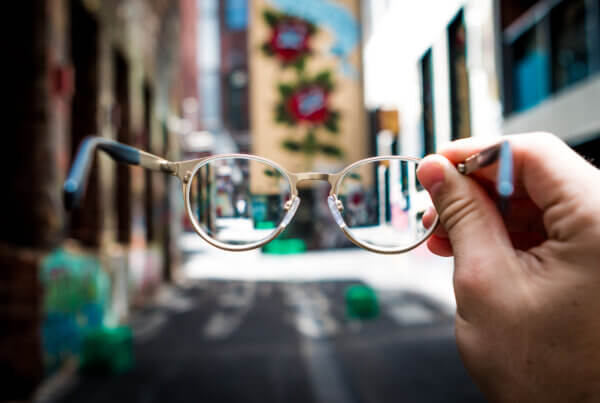1. Myopia Degeneration: What You Need to Know About Myopia
It is estimated that 20% – 30% of the population is affected by myopia. Luckily this eye condition can be corrected easily using eyeglasses or contact lenses. If you have been diagnosed with myopia degeneration or any other eye disease, then your eye doctor will offer recommendations regarding the best treatments to help you maintain clear vision.
2. Myopia Medical Definition
The medical definition of myopia (also known as nearsightedness) is when a person has clearer vision looking at close objects compared to distant objects. If you have myopia and you are looking at something far away, then the vision will be blurred. On the other hand, most patients with myopia can clearly see objects that are nearby.
For example, if you have myopia and you are driving without wearing corrective lenses, then you might have difficulty reading highway signs from far away. You’ll notice that the signs come into focus as you get closer to the signs.
3. Myopia Causes
Myopia is a type of refractive error, which affects the way the light enters the eye and transmits the images to the brain. Any condition that prevents the light that enters the eye from focusing on the retina could be the cause of myopia. In the case of myopia, the image light rays focus in front of the retina instead of directly on the retina. As a result, the vision is blurred.
Some people have eyeballs that are longer than normal, which changes the way the light enters the eye (compared to an average eye). Another cause of myopia might be that the cornea is shaped with too much curvature, making it difficult to focus the light correctly as it enters the eye.
Researchers have found that myopia runs in families. If the parents have this eye condition, then it is likely that it will be passed onto the children. In most cases, diagnosis happens in childhood. This eye disease can plateau, meaning that you can continue using the same prescription lenses for an extended period of time. Or, sometimes the vision problems worsen with age.
4. Myopia Symptoms
When a person is suffering from myopia, they might experience any of these symptoms:
- Headaches
- Squinting
- Eyestrain
- Eye fatigue
- Difficulty driving or playing sports
- Blurred vision
5. Myopia Treatment
A standard eye exam will be used to diagnose myopia. If your eye doctor identifies the signs of myopia, then a treatment plan can be designed to help you maintain clear vision. In most cases, myopia can be managed using corrective lenses, such as glasses or contacts. Myopia glasses are the frames of your choice, paired with the right lenses that help with proper filtering of the light as it enters the eye.
When glasses or contacts are recommended for treatment, the eye doctor will evaluate all refractive errors that might be affecting your vision. These factors are used to custom-design the lenses based on your needs. For example, an optometrist might recommend specific lenses that should be worn when a patient has myopia with astigmatism. These lenses will differ compared to corrective lenses designed for myopia alone.
When myopia is severe, then surgery might be recommended for treatment. Some forms of myopia can be permanently corrected with surgery, although researchers are still working to determine the long-term effectiveness and safety of these surgeries. These are some of the refractive surgery options that might be used to eliminate the need to wear glasses or contact lenses:
- Photorefractive Keratectomy: This surgery is commonly known as PRK. A laser is used to remove a portion of the corneal tissue, helping to flatten the cornea. Repairing the shape of the cornea makes it possible for the light rays to focus on the retina or closer to the retina than before.
- LASIK: The medical term for this surgery is Laser Assisted in Situ Keratomileusis. This surgery is quite common and the treatment that is most often used when patients choose surgery to correct nearsightedness. A flap is cut through the top of the cornea using a laser, then a portion of the corneal material is removed. Finally, the flap is put back into place.
- Corneal Ring Implants: Corneal rings, made of plastic, can be put in the eye to change the shape of the cornea. These implants are known as Intacs. One of the benefits of choosing corneal rings is that they can be removed or changed if a prescription change is needed or if a problem occurs. With the right rings and the right placement, the implants can be left in place permanently.
6. Myopia Control: Slow the Progression
Myopia control is a treatment process that can be used to slow down the progression of this eye condition. Sometimes, eye doctors recommend these treatments to reduce the risk of complications that can occur in the future. Possible complications might include other eye problems: glaucoma, retinal detachment, or cataracts. In severe cases, it could even result in blindness.
The treatment protocol varies depending on the needs of the patient, the severity of the eye disease, and the progression of myopia. Common treatments include atropine eye drops, multifocal eyeglasses, multifocal contacts, orthokeratology (commonly called ortho-k) contact lenses that help to reshape the cornea.
Keep in mind that myopia control treatments may deliver mixed results. While one patient can effectively slow the progression of myopia, the same treatment might not be effective for other patients. For example, it has been found that low-dose atropine drops can be used to slow myopia progression in young children. But some kids don’t have a good response to the drops. So, every treatment needs to be customized based on the needs of the patient.
7. Finding a Local Eye Doctor for Myopia Treatment
If you are having a hard time seeing distant objects, then it might be time to talk to an eye doctor about treatment options. Blurred vision can often be corrected with the right corrective lenses. For more information, you are welcome to contact our office to schedule an exam. We’re here to help you maintain healthy eyes and great vision!
Call today (773-360-8900) to schedule an exam and learn more.






